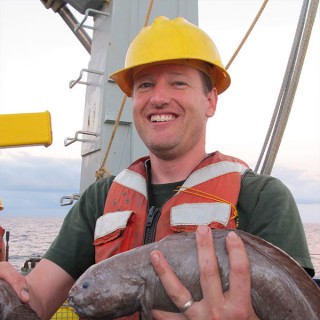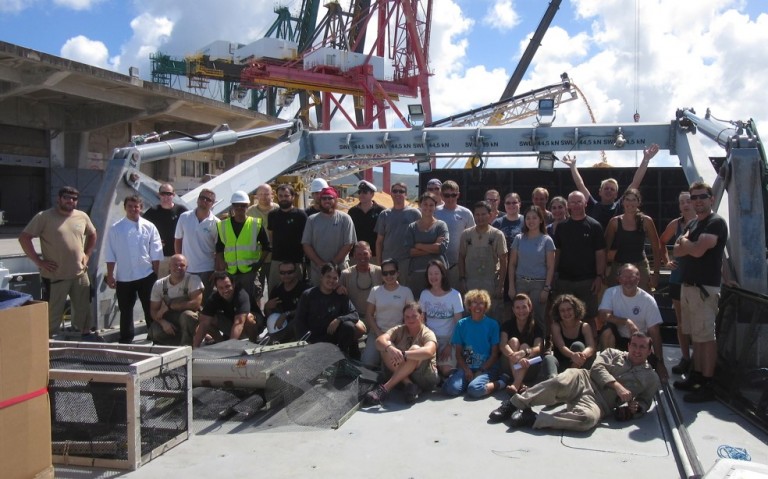
The cruise is over. 30 busy days at sea finished.
We have completed the first ever comprehensive study of the ocean’s greatest depths. Unlike earlier studies which targeted the Challenger deep we sampled the whole cross section of the trench. 92 lander stations were conducted between about 5000 and 10,600 meters. It was a lander marathon: recoveries and deployments all day every day. Unfortunately, the coring respirometer sits on the bottom at 7000m, stuck in the mud. Fortunately it’s our only casualty. We are in port and unloading our gear to be shipped back. Soon we head home too and that sounds really good. We have worked hard – sweat, blood and tears, as they say. And it was worth it! Here’s why….
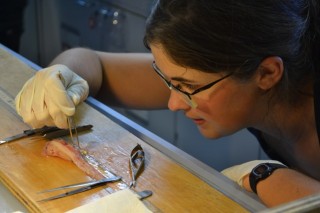
Productive mud
The measurements we made with the coring respirometer show us that the activity of the community in the mud is the highest ever measured in the deep ocean (below about 2000m). That means the trench is very active biologically and, as we hypothesized, food in the form of detritus is probably being funneled into its depths.
Species discoveries
We filmed the world’s deepest fish, a new species of snailfish at 8,143 m. New depth records for rattail fishes, eelpouts, snailfishes, and a species of amphipod were also made.
We have found several new species including two snailfishes and possibly new amphipods. Confirmation awaits detailed examination in the lab and genetic tests. In addition species, such as the giant amphipods, that were previously quite rare were filmed on the seafloor in abundance and we collected many of them too.
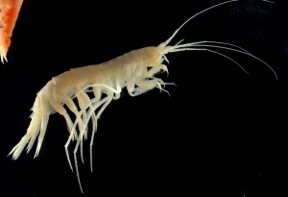
The hypothesis that fishes can’t live deeper than about 8,200 m seems to hold true for hadal fishes in general. Physiologically it appears that the snailfish in the Mariana trench are similar to those in the Kermadec trench and have high osmolarity in their blood. Lab analysis will determine if this is because of TMAO (see the Life under pressure blog).
Not just rocks
The fauna in the trench occupy different zones with fishes such as rattails and cusk eels dominating the “shallows”, then transitioning to snailfish and giant amphipods, then to amphipods and mysids, and finally at the greatest depths below 9,000 m where amphipods are king. These patterns probably relate to the animal’s varying physiological abilities to withstand pressure and predation/competition with other species.
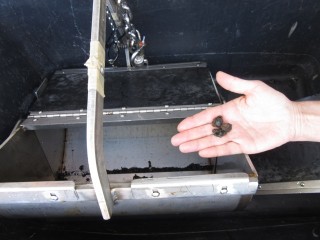
Geologically, we collected the deepest rocks ever from the Mariana forearc at 8,720 m. These will be dated and analyzed in the lab. Volcanic pebbles coated in glass or obsidian and pumice were found on the subducting plate and appear to be from a relatively recent underwater eruption, however, the closest known volcanic activity is quite a ways to the south. Again, more will be known when the rocks are examined and dated in the lab.
Gratitude
So many exciting discoveries! And we have so much more to learn in the lab from all the samples we have taken. It will keep us busy for years. The cruise has been a great success, thanks to our wonderful captain and crew, marine technicians, and science team. Looking at all we have accomplished is invigorating. Hopefully we’ll get the chance to come back and learn even more about the hadal zone.
